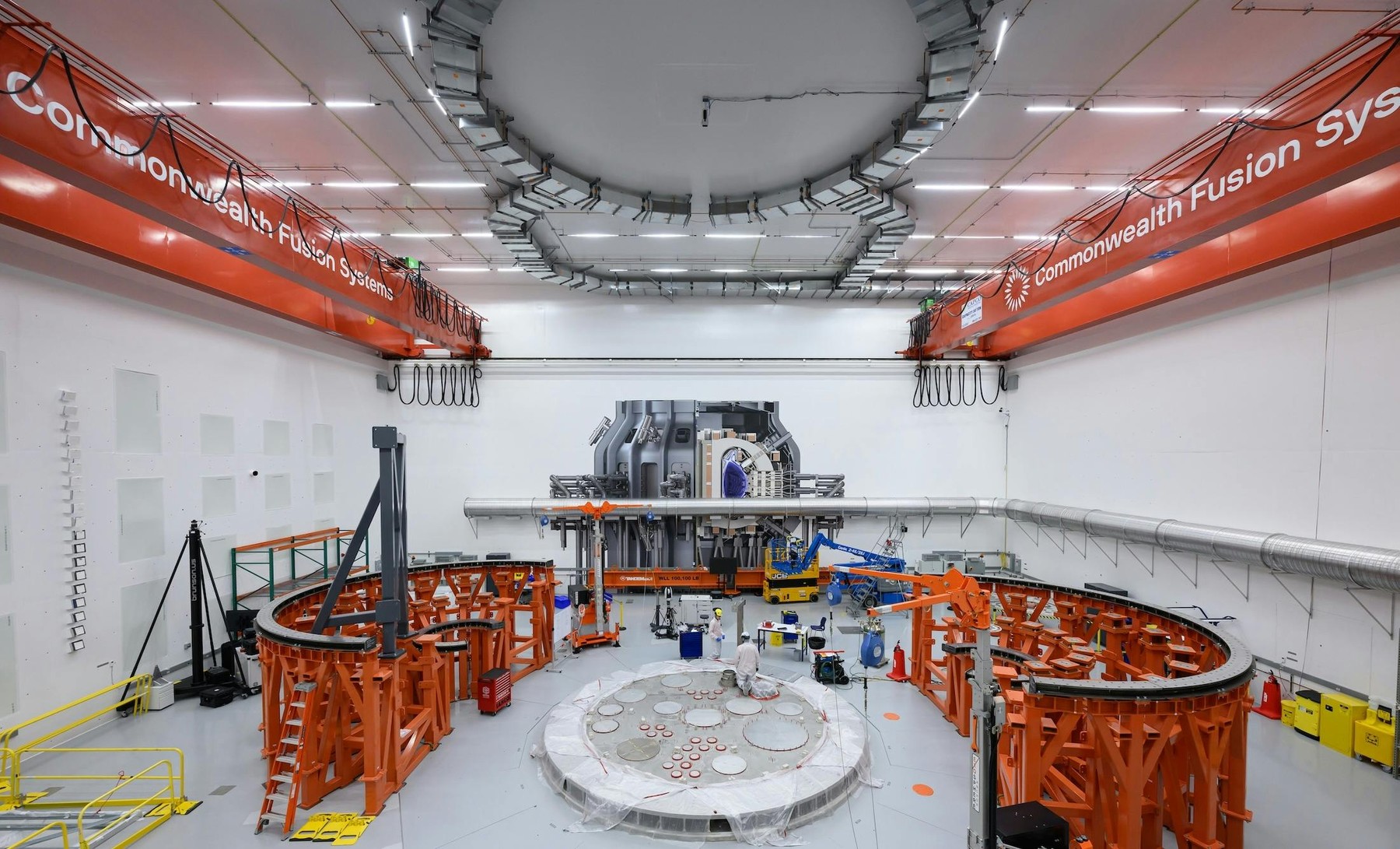- The climate finance firm has provided funding to expand a sustainable forestry project, aiming to restore 300,000 hectares of land and remove 17 million tons of CO2e from the atmosphere.
- The funding enables Kijani Forestry, which works with over 35,000 smallholder farmers, to scale its operations, provide sustainable income through carbon credits and timber sales, and support environmental restoration.
- Catona’s investment model aims to bridge the financing gap in nature-based carbon removal projects, ensuring long-term climate and economic benefits.
PRESS RELEASE – LOS ANGELES, Feb. 10, 2025 – Global climate finance company Catona Climate has invested catalytic capital in a high-quality forestry project in northern Uganda that removes carbon while providing sustainable income sources for local farmers. The infusion of funds will enable Catona’s project development partner Kijani Forestry, already working with over 35,000 smallholder farmers, to expand its project with the ultimate aim of restoring over 300,000 hectares of land and removing an estimated 17M tonnes of CO2e from the atmosphere.
Demonstrating its approach to climate finance, Catona first built the confidence to invest in this pre-issuance project by carrying out an exhaustive due diligence process both remotely and on-site in Uganda. With financing secured, Kijani is well-positioned to receive Verra verification of the project and attract long-term offtake of the high-quality nature-based credits with mission-aligned buyers of carbon removal. Achieving these key milestones will allow Catona to secure additional capital from its financing partners to scale the project.
“This exciting new partnership is another demonstration of our financing model at work,” said Catona Climate Co-CEO Tate Mill. “Both on the ground and remotely through our technology partnerships, we’ve rigorously assessed the project and its potential for impact. Through our extensive due diligence, we’ve concluded that this is an immensely promising project worthy of early-stage investment — and one that we’re bringing to capital partners who are eagerly at the table to provide scale-up financing given the quality of the project and interest from enterprise buyers in the market.”
Sustainable Forestry Driving Impact for Climate, Environment, and Communities

Founded in 2019, Kijani Forestry has rapidly become one of Africa’s largest tree-planting organizations, planting millions of trees every year and empowering smallholder farmers in rural Uganda to establish sustainable wood lots on their private land — providing income-generating opportunities via carbon credits and the sale of timber and fuelwood, while also combatting climate change.
In partnership with a variety of local stakeholders, Kijani has been building a foundation for sustainable development in Uganda by implementing improved land use practices and sustainable forest management systems. Tree-planting has historically been inaccessible to participating smallholder farmers due to high costs and understocked nurseries. Kijani’s unique approach overcomes these barriers by providing all inputs needed for a productive tree nursery — properly sourced seeds, potting bags, equipment for maintenance, and materials needed to care for seedlings — along with regular training and community support from their full-time, on-site team of field staff.
Kijani emphasizes fast-growing tree species that coppice well for natural regeneration and biomass accumulation after being harvested for fuelwood, meaning farmers adopting proper forest management practices can harvest charcoal from their lots every three years — establishing a sustainable and perpetual cycle of income. At the same time, their ability to help meet Uganda’s overwhelming demand for charcoal and firewood relieves pressure on native forests and makes broader restoration possible.
“Through this project we’ve developed a powerful model for empowering local farmers and communities to be key stakeholders of natural restoration and regeneration by working hand-in-hand to promote sustainable land use practices that maximize benefits to the climate, the environment, and the local economies.” said Kijani co-founder Beau Milliken. “Catona’s transformative investment — along with the offtakers, financiers, and other key stakeholders they bring to the table — will allow us to significantly scale our operations and create profound and lasting impact across Uganda. Not only will we substantially increase carbon sequestration, we’ll also drive meaningful change through stable incomes, enhanced food security, and resilient landscapes capable of supporting both people and wildlife — uplifting communities while protecting Uganda’s natural heritage and contributing to global climate goals.”
Beyond carbon sequestration, the restoration of degraded land — through the use of primarily indigenous trees along with a small proportion of nativized, non-indigenous tree species — effectively restores soil fertility, prevents soil erosion, preserves and enhances biodiversity, and builds long-term environmental resilience. By planting trees on such a scale, the project ultimately helps stabilize microclimates, regulate water cycles, and restores natural ecosystems damaged by deforestation.
Assessing Quality and Integrity First Hand
Catona made the decision to partner with Kijani following its comprehensive process of due diligence and robust evaluation of the project itself, the potential development partner, the broader landscape, and the market fit — standard for all projects under consideration for inclusion in Catona’s investment portfolio.
“While we’ve fostered the Catona – Kijani relationship over nearly two years, this particular opportunity to collaborate arose in Q3 2024. All too often in this market, carbon investments get stuck in a 12+ month review cycle, costing developers precious time and resources, hampering the flow of capital towards attractive investments, and delaying desperately-needed carbon sequestration. The fact that we were able to execute a deep, multi-faceted diligence process and structure financing at this scale and speed is a testament to Catona’s nimble model, Kijani’s proven implementation capabilities, and both parties’ hyper focus on delivering a high-integrity project for our stakeholders,” said Destin Whitehurst, Catona’s VP, Head of Origination.
Catona’s evaluation process encompassed extensive research and data collection, independent third-party reviews, advanced proprietary screening tools, geospatial analysis, and — crucially — visiting the project site in person to assess its management and impact on the ground.
Megan Bomba, Director of Monitoring and Engagement, was among a team of Catona experts who conducted a site visit in December. “We saw first hand how Kijani’s strong team has mobilized over the last few years to develop a network of thousands of community nursery hubs,” Bomba said, “and visited with the intern group training to become nursery hub coordinators, which is part of Kijani’s innovative job creation approach. We also met with farmers directly benefiting from Kijani’s forestry program, which has given them the tools, resources, and support they need to regenerate deforested lands while still addressing their own core needs.”
Helping Close Nature’s Funding Gap
Despite their demonstrable potential to be an important part of solution to climate change, nature-based carbon removal projects remain woefully underfunded and difficult to scale — a reality Catona Climate is working diligently to change.
“With nature-based solutions there’s often a lengthy period of time between capital deployment and carbon revenues, which accounts for the hesitancy of potential investors. In effect, one gap leads to another,” explained Catona Climate Co-CEO Rob Lee. “We can’t make trees grow any faster, but we can help close the financing gap by taking on some early risk, with confidence thanks to our diligence standards, and making it easier for other stakeholders to get on board early with us. That’s how we’ll get more of these climate-critical projects off the ground more quickly, and help give our planet a fighting chance.”








